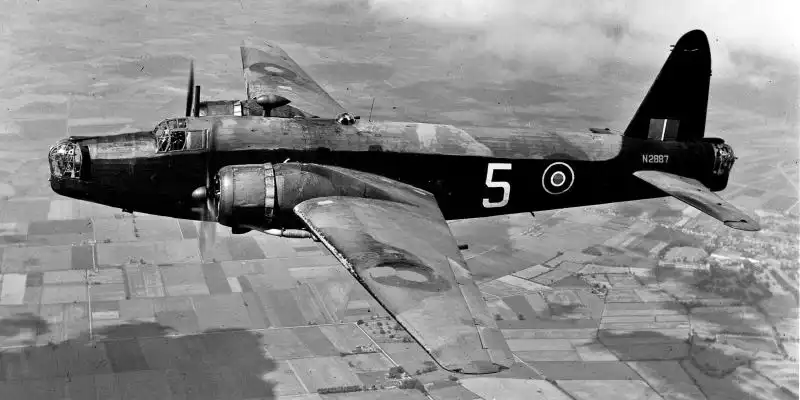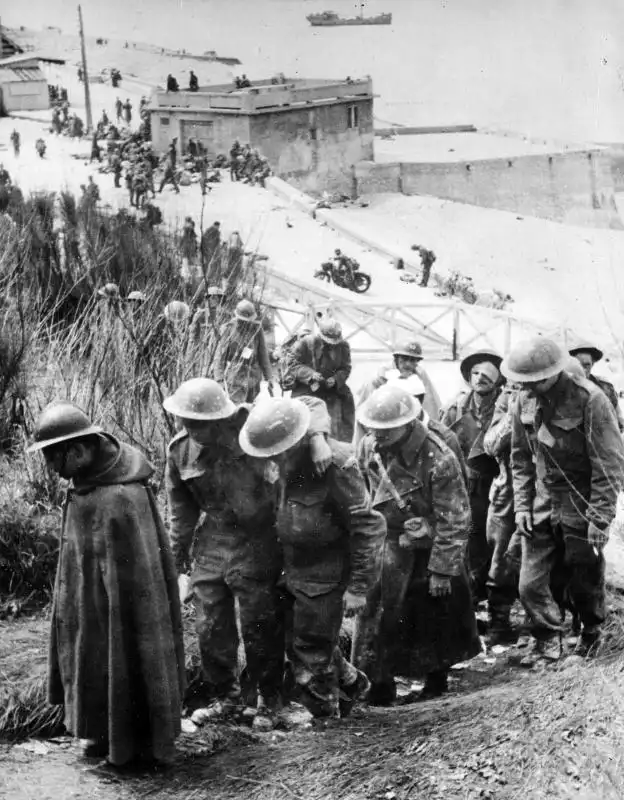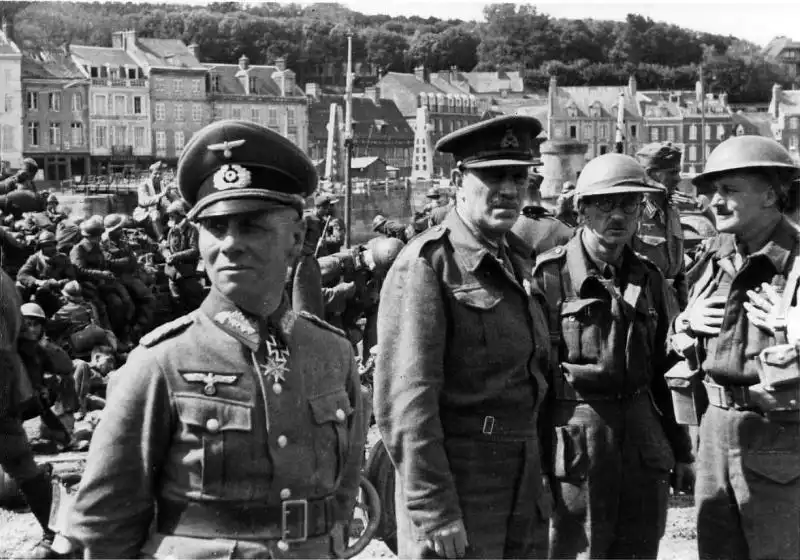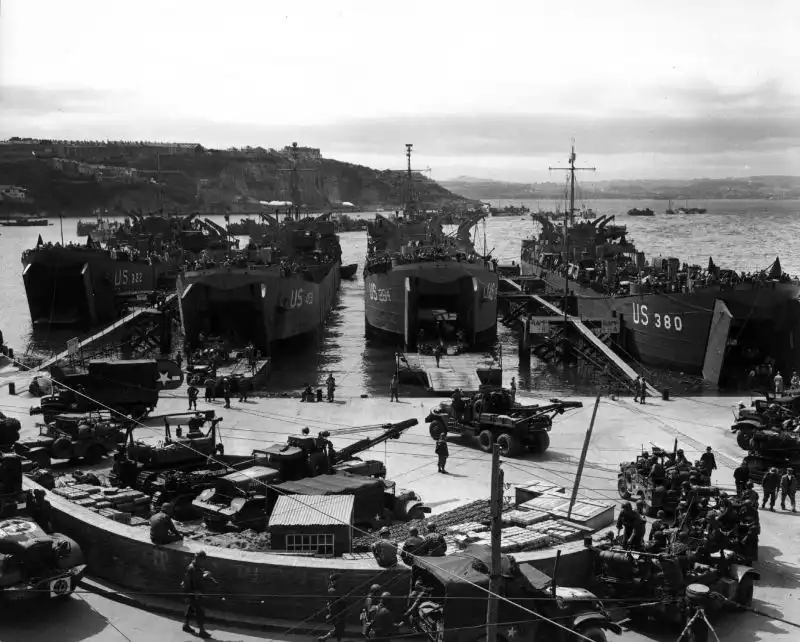Vickers Wellington Mark IV BH-Z "Z jak Zośka" Damaged in Combat, September 1942
August 2, 2025 - Reading time: 7 minutes
Vickers Wellington Mk IV BH-Z "Z jak Zośka" bomber, severely damaged in a raid on Bremen, Germany, but successfully returns to base in September 1942, showcasing its resilience.

The Vickers Wellington Mk IV BH-Z "Z jak Zośka" (Z1407) was a British bomber of the Royal Air Force (RAF), belonging to the 300th Polish Bomber Squadron. This aircraft made it back to base after a raid on Bremen, Germany, on the night of September 4-5, 1942, despite sustaining significant damage from enemy fire.
One of the remarkable aspects of the Wellington was its geodesic construction. The fuselage was built around eight primary ribs connected by four tubular stringers, with lightweight diagonal profiles added for strength and shape. This design allowed the aircraft to absorb massive amounts of damage without losing its structural integrity. The Wellington's resilience was unmatched, and it could return from missions with devastating damage that would have grounded other aircraft.
On this mission, the Wellington BH-Z lost a significant portion of its fuselage skin, yet it successfully returned to its base at Ingham, England, despite the damage. The ability of the Wellington to withstand enemy fire and keep flying was a testament to its superior design and construction.
The Wellington, nicknamed "Wimpy" by the crew, was one of the most produced RAF bombers during World War II, and its unique design contributed greatly to its success in the Royal Air Force’s bombing campaigns. It was particularly famous for being able to return from dangerous bombing raids with substantial damage and continue to fight.
Technical photo data:
📝 Source of information: www.iwm.org.uk
📍 Location: Ingham, England
📅 Date of photo: September 5, 1942
📷 Photographer: Unknown
-
Vickers Wellington bomber
-
Polish Bomber Squadron RAF
-
Wellington Mk IV WWII
-
Wellington bomber damage
-
RAF bombing missions WWII
-
WWII bomber resilience
-
Bremen raid September 1942
-
Wellington BH-Z "Z jak Zośka"
-
Royal Air Force WWII
-
British bombers WWII
Tags
Category
Search
Categories
- Unidentified WWII Photos (12)
- World War II Photos 1937 (1)
- World War II Photos 1938 (1)
- World War II Photos 1939 (3)
- World War II Photos 1940 (5)
- World War II Photos 1941 (103)
- World War II Photos 1942 (59)
- World War II Photos 1943 (52)
- World War II Photos 1944 (77)
- World War II Photos 1945 (41)
- WWII and Postwar Photos 1946 (1)



